It’s time to put a book to work for your business.
A book is a high impact, low-cost vehicle for driving business growth, which is why you need to write a book and implement the book funnel strategy if you're a business owner or entrepreneur.
Let me explain what I mean with a real life example.
Recently I read 80/20 Sales & Marketing by Perry Marshall. As I was soaking up all the information he shared in the book, I noticed he often referenced bonus materials and resources for readers that wanted to take action and learn more.
For example, one chapter was about the Pareto Principle, and the author suggested that readers download his free Pareto Page (he included the direct link to access it).
All throughout the book, I noticed this strategy, and by the time I was halfway finished, I found myself on the author's website, purchasing access to an assessment that he mentioned in his book.
I purchased additional content from the author before I even finished reading his book, because his book was credible, full of value, and I wanted more of his expertise.
Now, I'm on his business mailing list, and he has direct access to sell more to me – even if I never pick up his book again.
Powerful, huh? That's an example of the book funnel strategy.
A book funnel can help you do the same thing – that is, attract prospective clients (generate leads), and further develop a relationship with them.
Note: When we say book funnel, we aren’t talking about a sales funnel (ie: a funnel that drives sales to your book). Instead, we’re talking about a lead generation funnel (ie: a funnel that drives conversion using a book as the lead magnet). Read on to learn more.
Here’s what we’ll cover in this article:
- What is a book funnel?
- What is the goal of a book funnel?
- How does a book funnel work?
- Who does the book funnel work for?
- Why a book is a powerful lead generation tool
- How a book can generate more leads
- Common book funnel mistakes
- How to build your book funnel
What is a book funnel?
A book funnel is a marketing strategy that takes the reader through a journey in order to become a lead, or potential customer, for your business.
It is a type of funnel known as a lead generation funnel. Typically, when you think of a funnel you think of the sales funnel, but there are several types of funnels you can create depending on the specific flow of actions you want a prospect to take.
Related: How to Build Your Email List
In a book funnel, your potential customer is your reader, and through your book, you want to move your reader through a series of steps that furthers their relationship with you, the author.
The purpose of a book funnel is to get the reader to take a specific action that helps you continue your relationship with them, even after they have finished reading your book.
What is the goal of a book funnel?
A successful book funnel is one that generates leads, or potential clients or customers, for your business.
With your book funnel, you are ultimately using a book as a customer acquisition channel, to generate more leads, or get more people to buy your service or product.
Like any funnel, the goal of a book funnel is conversion, which happens when you get your readers to take the action you want them to take.
Conversion can mean different things for different businesses, depending on what your end goal is.
Examples of successful conversions, or actions, from a book funnel are:
- When a reader joins your mailing list and becomes a subscriber
- When a reader joins your community, or tribe
- When a reader schedules a consultation or strategy call with you
- When a reader purchases an upsell you offer, such as a bonus course or other paid offer
To determine the goal of your own book funnel, you need to ask yourself what a successful conversion is for your book.
It can be something as simple as signing up for your free email list, or something like purchasing an upsell.
Ultimately, a book funnel should help deepen the readers relationship with you, the person or business that helps them solve their problem.
How does a book funnel work?
Now that you have an idea of what a book funnel is, and what the goal of having one is, let’s help you visualize how it works.
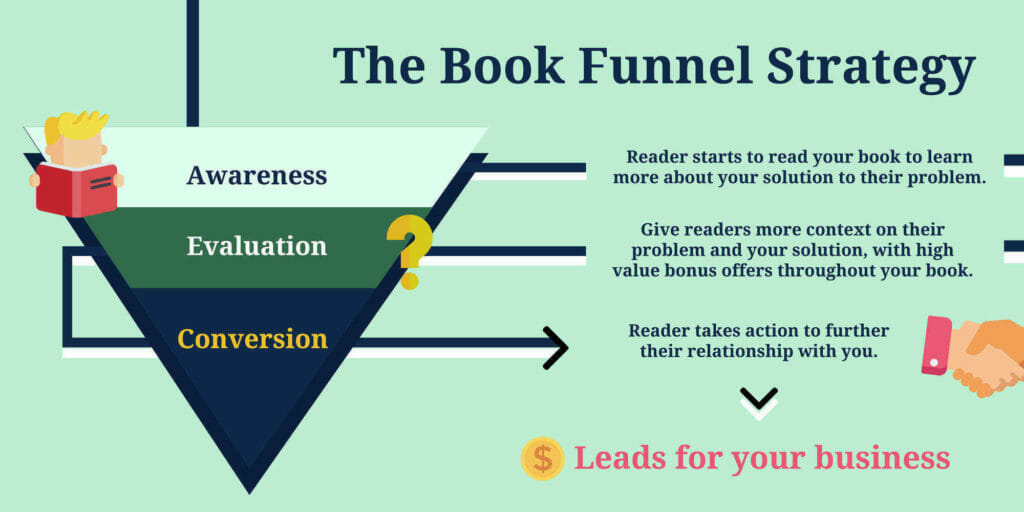
In short: As readers go through your book and consume the valuable content you have to offer, they will encounter desirable bonuses that extend an invitation to further the relationship outside of the book, so that you can continue offering them value.
The book funnel can be broken down into these general steps:
- Your book gets into the hands of the reader.
- Reader begins to read your book to learn more about the problem you solve.
- Reader encounters relevant, organic plugs to your service or product throughout the text.
- Reader is offered irresistible bonus content that helps them put what they are learning from your book into practice. (This is your call-to-action).
- Reader takes action to acquire the valuable bonus content. (This is the stage of conversion).
- The reader becomes a lead, or prospective client, for you.
- A bridge is created for you to further develop the relationship with your new lead.
Once the bridge is created, it’s up to you to nurture the relationship, continue providing value and building trust, so that you can qualify the lead and win their business.
There are several lead nurture strategies, depending on your call-to-actions and the service or products you offer.
Who does the book funnel work for?
The book funnel can work for any aspiring authorpreneur (whether you’re in the business builder stage or if you’re an established business looking to scale).
In reality, anyone with a service or product can implement the book funnel strategy.
It’s especially effective for consultants, private practice professionals, authorpreneurs, service providers, public speakers, ecommerce entrepreneurs, and anyone looking to build industry authority and credibility.
If you’re looking to grow an audience or get more traffic to your website, the book funnel strategy can work for you, too.
Why use a book for lead generation?
Let me say it again: A book is a high impact, low-cost vehicle for driving business growth.
There are many benefits to learning how to start a business book. It’s multi-purposeful, cost effective, and can be leveraged in both short and long term ways.
Here are the top benefits of using a book as an effective lead magnet:
- Credibility. When you author a book, you’re instantly seen as more credible than those who haven’t. There’s a level of trust that you earn when people hear that you have written a book. However, it’s up to you to keep that credibility once someone picks up your book, which we’ll cover in the next sections.
- Authority. What do almost all industry experts and thought leaders have in common? They’ve written a book! When you become an author, you become an authority in your field.
- Business Opportunities. Becoming an author opens up a whole new world of opportunities for your business, like speaking gigs and public relations. Use a book to increase visibility in your field, and you’ll be amazed at how many doors can open up for you.
- Increased Referrals. Readers who love your book will recommend it to other people in their circle, which means more leads for you.
- Client Acquisition. When you share your book with the world, you unlock a new acquisition channel that brings in more customers and clients. And when you do that, you’re able to increase revenue and scale your business. That’s what’s at the heart of this book funnel strategy!
How can a book generate more leads?
Because of the benefits listed in the previous section, a book has the power to generate more leads on multiple levels.
On a direct, short-term level, a book can generate more leads by:
- Promoting your service or product
- Increasing qualified leads, conversions, and referrals
On a long-term level, a book can generate more leads by:
- Building authority & credibility in your field
- Increasing speaking gigs and public relations opportunities
- Increasing visibility, which helps more people get referred to you
Common book funnel mistakes
Authors and business owners might approach the book funnel in different ways, according to different end goals.
But if you’re using a book for your lead generation funnel, then there are some common mistakes everyone should avoid – author, entrepreneur, business owner, and the like.
- Don’t make the book the bottom of the funnel. If you’re using the book as a lead generation funnel, then your book should be at the beginning of the funnel, not the end. You want to lead people to your service or product, starting with, and through your book.
- Don’t publish a low-quality book. A book can be an effective tool that drives revenue, but only when it’s full of value, and looks professional (professionally edited and designed).
- Don’t be too sales-y in your book. Again, your book should be chock full of value, and it should show your reader ways to solve a specific problem. This means you shouldn’t stuff a sales pitch into every other page – your reader will see right through it, and won’t stick around for it.
- Don’t overthink the process. It doesn’t take years to write an impactful book. Start with what you know, and what you can teach your audience about. You should give substantial, actionable information, but don’t feel the need to make it too comprehensive, as that’s where your service or product comes in.
- Not using professional funnel generating software to help you. Starting a marketing campaign isn't always a guaranteed success. If you're considering getting professional marketing tools for your book, don't forget to check out ClickFunnels. This software using pre-made, tried and tested templates for your online funnel strategy.
Here’s how to build a book funnel for more leads:
You understand the fundamentals, and now it’s time to create your own book funnel for your business.
Here are the basic steps to get started.
Step #1: Write your book
The book is the start of your funnel, and the vehicle that drives leads and potential clients, so of course you need to write a book first.
This is where many people fall off, because they have this idea that writing a book has to be a strenuous process that takes years. But that’s not true.
If you’re dedicated, committed, and persistent, you can write a quality book in as little as three months. You can even speak a book (yes, really!).
Regardless of how you write it, you need to focus on a book topic that delivers value and informs your target readers (the people that have a problem YOU can solve). It should be informational, and full of actionable value that helps readers solve their problem. You want your content to turn on a lightbulb in the reader’s mind.
Your book doesn’t have to be super lengthy, but it should deliver on your promise.
Step #2: Plan your book funnel
To plan your book funnel, you first need to create your conversion goal.
What big action do you want your book readers to take during, or after, they have read your book?
Sign up for a bonus? Join your mailing list? Enroll in your community? Schedule a strategy session or coaching call? Register for a course?
It should be both economical (transactional), but also serve as a bridge to building their relationship with you.
Once you have your conversion goal in mind, you need to map out the reader’s journey.
Roughly sketch out your book funnel, and pinpoint the steps to conversion.
It’s always helpful to start by mapping out a quick funnel, and revising it as you go. Start with what you have, and finetune as it develops.
Step #3: Add lead magnets to your book
Now, it’s time to plant the seeds for your reader to take the desired action, or optimize your book for conversion.
To do this, you will invite your reader to go deeper into your book’s content by naturally weaving in irresistible lead magnets within your book.
This is the step that’s super important in your book funnel creation process, because it’s going to encourage the reader to take their relationship with you beyond the pages of the book.
#1 – Insert case studies, references, and examples
Support the content in your book with examples of how you or your service has helped others solve their problem in real life.
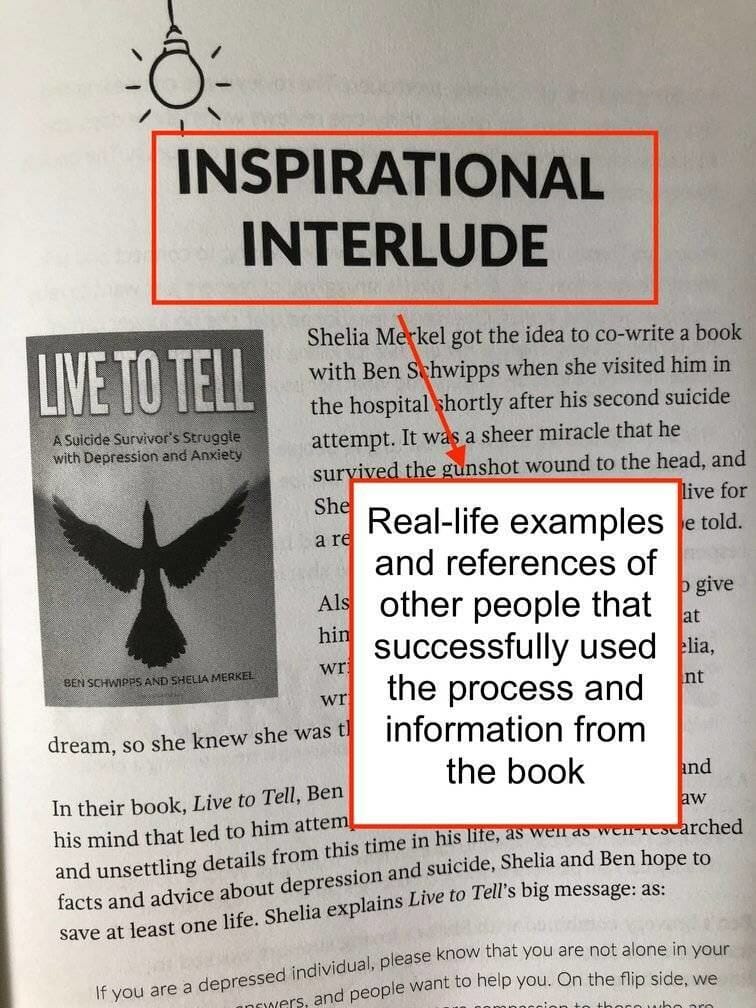
#2 – Offer actionable bonus content (lead magnets)
Help the reader apply what they are learning from your book into practice.
Examples are worksheets, cheat sheets, workbooks, quizzes, exclusive group access, links to supplemental material (blog posts, videos).
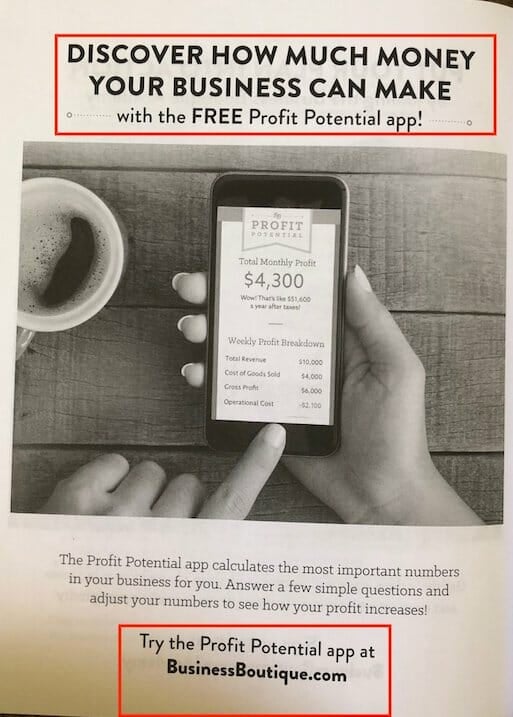
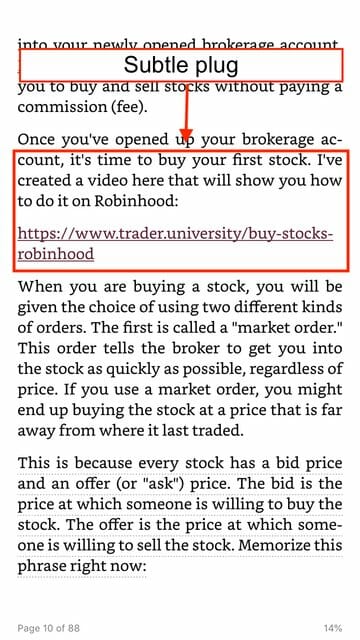
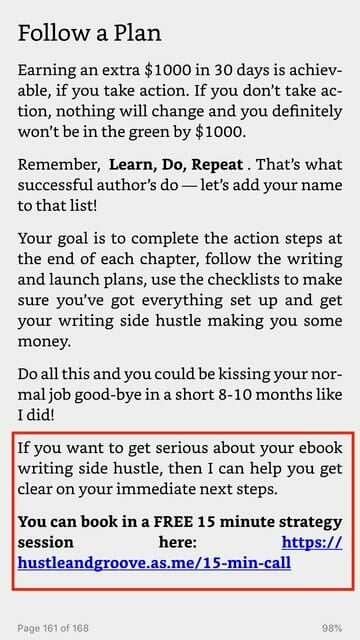
#3 – Add a one-page promotional feature for your offer
Ideally, your offer should be free, or a low-ticket product or service at the end of your book.
Examples include strategy sessions, mini-course access, mastermind group invitation, video consultations, etc.
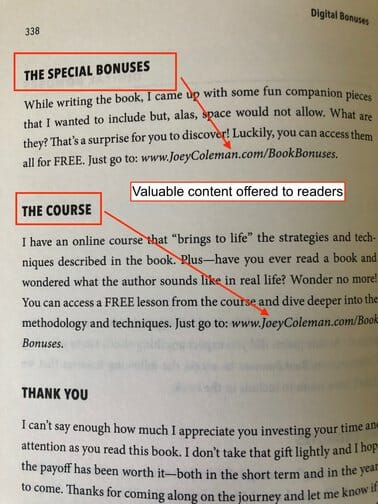
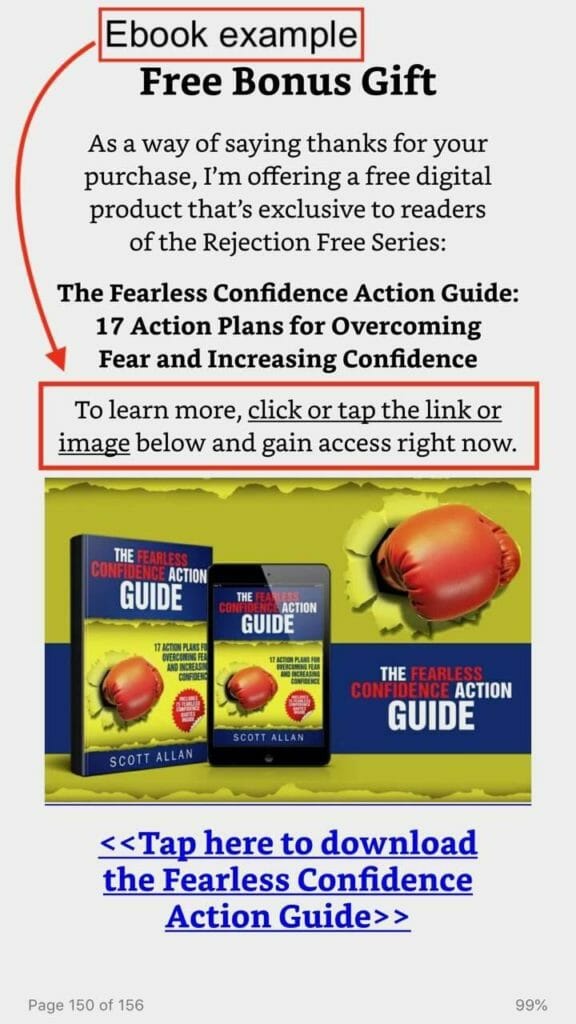
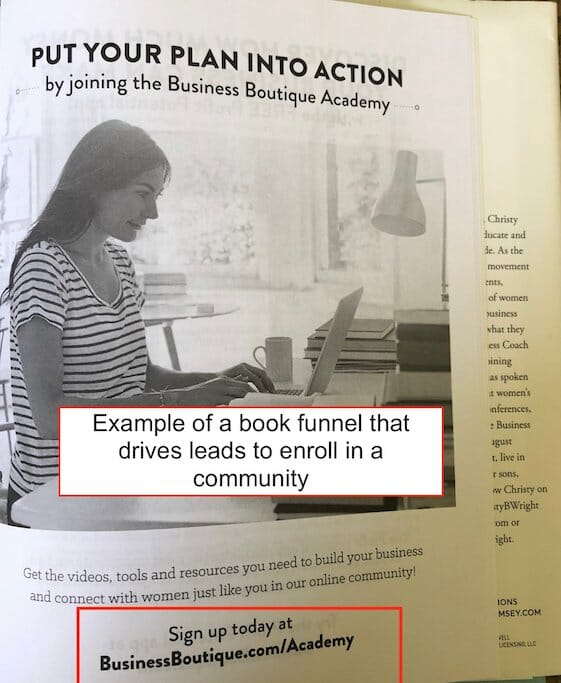
You want to show the reader how your service can help them even more. By increasing the perceived value, you are showing readers what’s in it for them, so they are compelled to take the steps to receive what you are offering.
The bottom line is to increase the reader's desire to obtain what you offer, and decrease the friction in the steps it takes to get there (make it as easy as possible).
Step #4: Publish your book
Now, it’s time to take your book through the self-publishing process. We won’t go into all of the details here for the focus of this article, but basically you’ll go through the steps to have your book professionally edited, designed, and published.
Read this guide on how to publish a book if you want all of the details.
While your book is in the publishing phase, it’s a good time to set up your systems and logistics to capture any leads. For example, if your driving readers to download a workbook, you’ll need to have all of those assets in place (workbook, landing page, email marketing services).
Step #5: Distribute your book
The next step in the book funnel process is to get your book into the hands of your target reader. Unfortunately, a published book doesn’t magically find readersm so you’ll need a distribution strategy.
Remember: Your focus here is NOT to make money from your book sales, but to use your book as a new acquisition channel for getting customers and building an audience.
You’ll likely make money from your book, but that shouldn't be your main revenue driver.
Therefore, you want to entice as many target readers as possible to get their hands on your book.
Think about it this way: How much are you willing to pay to acquire a customer?
Here are some successful strategies to distribute your book:
- Book as a business card. Foot the printing costs (which are pretty low on self-publishing platforms like Amazon’s KDP), and generously give your book out to everyone you think might benefit from your book’s information. For example, you can leave copies of your book at conferences or events related to your industry.
- Free + Shipping. Advertise your book for free, and just ask the reader to cover the cost of shipping. This is a proven marketing strategy that drives in the hottest leads for many big online companies. Read more about this lead generation strategy.
- Wide Distribution. Take advantage of a self-publishing company that handles distribution for you, like Amazon’s Kindle Unlimited program for authors. Basically, Amazon will exclusively distribute your book on its platform, but it will be part of a lending library for subscribers to read your content for free. Read more about how Kindle Unlimited works.
- Utilize promo sites like BookBub to get your book distributed in front of a mega audience of readers.
- Use Funnel production software like ClickFunnels to make top-notch landing pages that convert.
Test some strategies for your book, and see what works best for you to find your winning formula.
Step #6: Collect your leads, and start nurturing.
If you’ve successfully implemented the previous steps, then your book should be working hard for you and the leads will be rolling in.
Now that your reader has turned into a subscriber and potential client, it’s time to nurture the relationship, continue building trust, and engage conversation to determine if you can help them even further.
You can do this through email campaigns, social media strategies, content marketing, and more.
This is where your book funnel ends, and your sales funnel begins for your new lead.
Now that you have the essentials of the book funnel strategy, what are you waiting for? It’s time to write that book!
If you don’t have time to waste trying to navigate the book writing and publishing process by yourself, consider investing in a step-by-step system that will help you accelerate the process, and be well on your way to business growth.

